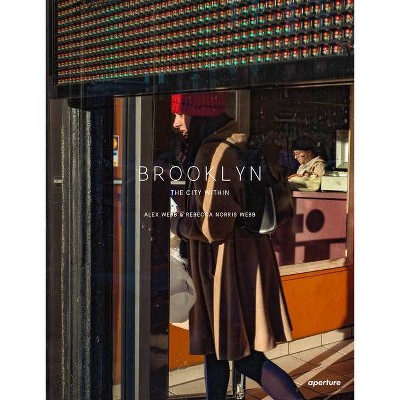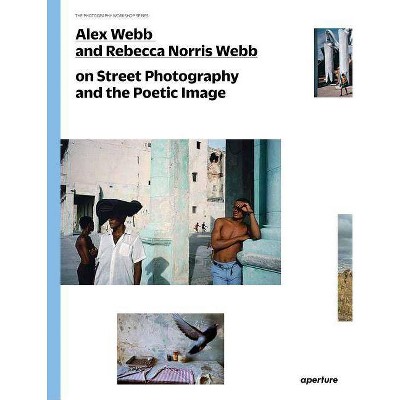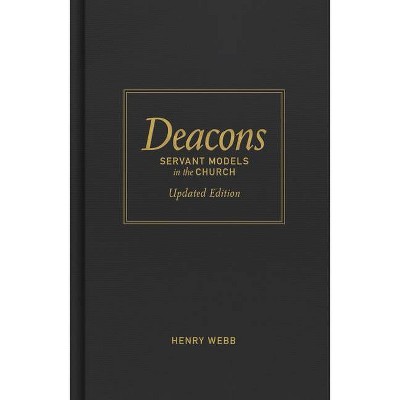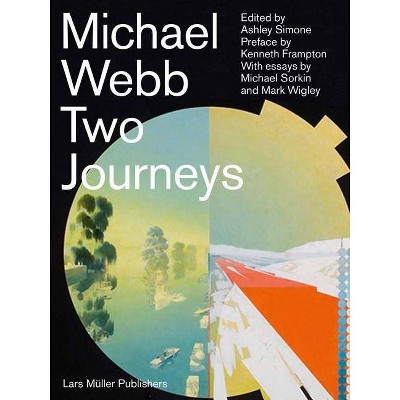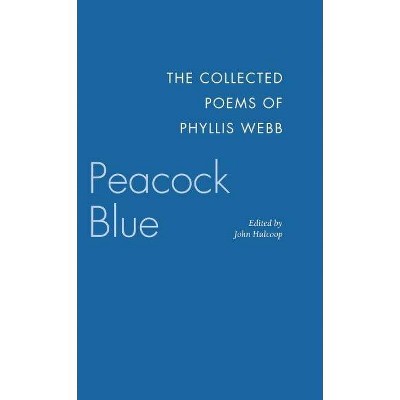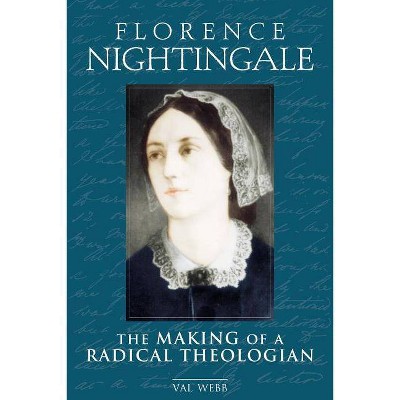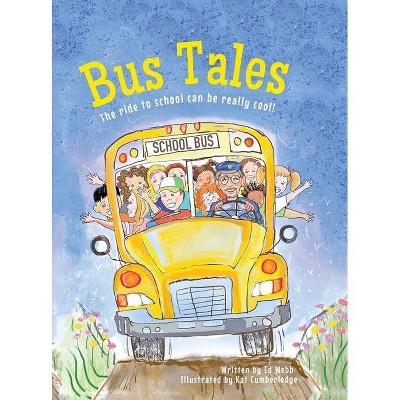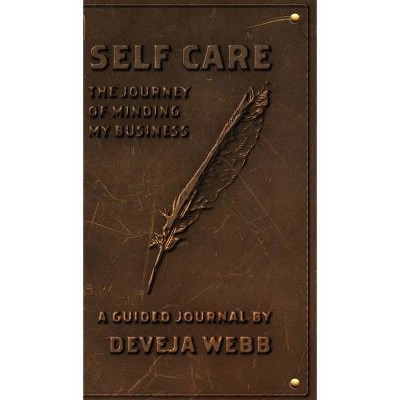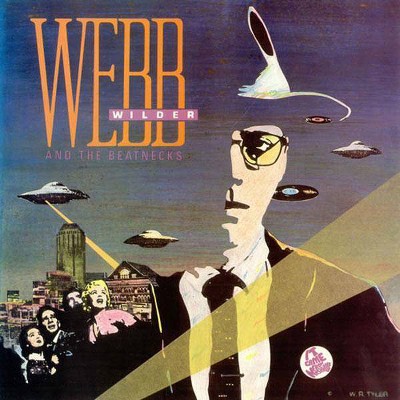Alex Webb & Rebecca Norris Webb: Memory City - (Hardcover)
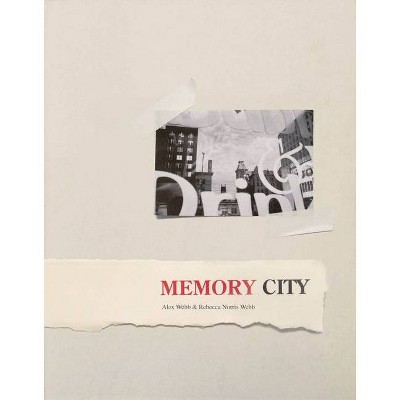
Similar Products
Products of same category from the store
AllProduct info
<p/><br></br><p><b> About the Book </b></p></br></br>"Alex Webb and Rebecca Norris Webb take an elegiac look at Rochester, New York. For this project, Alex took images with his last rolls of Kodachrome, a formerly vibrant color film that can now only be processed as black-and-white. The resulting photos have a weathered quality akin to a fading memory. Alex also took to the streets of Rochester and shot in digital color--work that punctuates the black and white work with images from his signature style. Rebecca, who still uses film for all her work, responded to the medium's uncertain future by creating an elegiac refrain of color still lifes and portraits of Rochester women past and present. Woven into the book are quotes by many of the famous writers and thinkers who have been connected to Rochester, including women's rights activist Susan B. Anthony, abolitionist Frederick Douglass, and poets John Ashbery and Ilya Kaminsky. And the authors have also created a timeline on the cultural history of the city that traces the evolution of a once-vibrant and now complex city."--<p/><br></br><p><b> Book Synopsis </b></p></br></br>Located in Rochester, New York, Eastman Kodak was one of the world's leading manufacturers of photographic film for 125 years. Following the company's declaration of bankruptcy in 2012, photographers Alex Webb (born 1952) and Rebecca Norris Webb (born 1956) traveled to Rochester to capture images of the city during the twilight of Kodak's existence. <i>Memory City</i> responds to the uncertain future of Kodak film as a medium by presenting a view of Rochester that reflects the city's prosperous past and current troubles. Usually known for his color work, for this project Alex Webb used his final rolls of Kodachrome--a color film now only able to be processed in black and white--to capture Rochester's fading grandeur. He also photographed the city's streets in digital color. Rebecca's photographs consist of color portraits and still-lifes of Rochester's women, both young and old, taken using Portra--one of Kodak's last films. For this publication, the artists have also created a timeline of Rochester's cultural history, tracing the evolution of the complex, once-vibrant city. This book also contains quotations from many of the famous writers and thinkers who have been connected to Rochester and its environs, including women's rights activist Susan B. Anthony, abolitionist Frederick Douglass, and poets John Ashbery and Ilya Kaminsky.<p/><br></br><p><b> Review Quotes </b></p></br></br><br>Alex Webb and Rebecca Norris Webb, a husband and wife photography team, documented Rochester after Eastman Kodak's bankruptcy in their new book, "Memory City," published by Radius Books. Previously they published "Violet Isle," a volume on modern-day Cuba. Ms. Norris Webb's book "My Dakota" was featured on Lens in 2012, while Mr. Webb's book "The Suffering of Light" was featured on Lens in 2011. He is a member of Magnum Photos. Their conversation with James Estrin has been edited.--James Estrin "The New York Times - Lens"<br><br>For many people in Rochester, Kodak has always been more than just a photography company. "[Everyone] has either worked for Kodak, or had a family member or friend who worked for the company," notes Rebecca Norris Webb, who, with her husband, has just released Memory City (Radius Books, 2014), a photography book about the impact Kodak has had on the upstate New York city of 200,000...The result is a book that carefully intertwines Rebecca Norris Webb's quiet still lifes and portraits of Rochester women, past and present, with Alex Webb's color and black-and-white images of the city. Since Kodak stopped the production of Kodachrome films, the Magnum photographer was forced to process his images in black-and-white, "giving them a slightly distressed quality, as if weathered over time, which seems appropriate somehow for this elegiac look at the longtime home of Kodak."--Olivier Laurent "TIME Lightbox"<br><br>For their project Memory City, photographers Rebecca Norris Webb and her husband Alex Webb traveled to Rochester, New York--the home of Eastman Kodak for 125 years--to document the city in the wake of the company's bankruptcy in 2012 and to pay tribute to their respective relationships to analog imagery.--Jill C. Shomer "American Photo"<br><br>It is a powerful analysis of the use of photography and the ways in which memory and history are served by images, and as such it's one of the best photography books about photography that I have seen. Memory City is about the material life of images, and the relationship between memory and material; and it examines how our acts of looking at ourselves fold us into the world of images that surround us. It also imaginatively describes the relationship between the photographer and the act of photography, reminding us that the photograph is not only evidence that the subject was there, but that the photographer was there too. This recognition of embodied looking is something frequently addressed in prose but rarely so effectively with photography.--Leo Hsu "Fraction magazine"<br><br>Los fotógrafos estadounidenses Alex Webb y Rebecca Norris Webb, marido y mujer, crecieron en los mejores años de Kodak --él nació en 1952 y ella en 1956--. Como propietarios de un pasado de instantáneas familiares tomadas en película y reveladas en papel fotográfico de la compañía, sufrieron el aguijón de la tristeza cuando la empresa echó el cierre. Como fotógrafos que siguen usando material químico en estos tiempos de dictadura digital, decidieron rendir un homenaje personal a la ciudad de Kodak.--Anxel Grove "20Minutos"<br><br>Memory City combines the rich, brilliant street photography of Alex Webb with the contemplative, metaphorical work of his wife, Rebecca Norris Webb.<p></p>The Webbs have distinct styles, but Memory City underscores what they have in common: an ability to pack the frame with emotional and intellectual substance, and make it beautiful, too.--David Walker "PDN"<br><br>Memory City is a meditation on working with photographic film in the former center of the imaging universe. We do not get a clear picture of what happened to Rochester and Kodak; that is still being processed. What is offered goes beyond a memory of a city, or a company, or a film.--Tom Leininger "Photo-eye Blog"<br><br>Photography book Memory City is a collection of images taken in Rochester, New York, a city that was for 125 years the home of Eastman Kodak and which declared bankruptcy in 2012. These images, taken during what may be the last days of film as we know it, are a meditation on film, memory, time, and the city itself.--The Editors "BCC Scotland"<br><br>Rochester, in upstate New York, has been the home of Kodak since the company's start in 1888. When it declared bankruptcy in 2012, Alex Webb and Rebecca Norris Webb decided to use film made by the company to shoot the city. For the project, Webb used his last rolls of Kodachrome, the famous but now-discontinued film, developing it as hazy black and white since its special color process is no longer available. The results look like any struggling but hopeful city, quiet but proud.--Rebecca Robertson "ARTnews"<br><br>The company's history is as intertwined with the world of photography as much as its home city of Rochester, New York. Three months after Kodak went bankrupt in January 2012, photographers Alex Webb and his wife, Rebecca Norris Webb, spent a full year documenting the city defined by its faded corporate giant. The result is a book called Memory City (Radius Books, $60), in which Alex and Rebecca switch between digital and film photography to showcase the Western New York city of 210,000.--Mark Byrnes "The Atlantic: CityLab"<br><br>The Webbs' book, along with a photo show on exhibit through July 3 at the Visual Studies Workshop, is the result of five visits to Rochester after Kodak declared bankruptcy. The couple include many more people in their photos, and Norris Webb played with images of special occasion dresses as a metaphor for photographic film.Alex Webb, meanwhile, shot his last rolls of Kodachrome for this project. He wrote in an email: I began to understand how Kodachrome -- the vibrant color film that I used almost solely for some 30 years --that these days can only be processed as distressed-feeling black and white, suggested something about the streets of Rochester in the fading days of film.--Matthew Daneman "Democrat & Chronicle"<br><br>Webb's boldly coloured glimpses of residential neighbourhoods, markets and community gatherings show a city that has not lost its pride. But for every manicured lawn and fluttering Stars and Stripes, there are many bleaker counterpoints - a broken couch on a neglected street, a figure slumped on a public bench, exhausted workers queueing for the night bus home. We wanted to achieve a sense of layers, Webb says. We wanted a structure that mirrored our sense of this down-and-out yet very soulful place.--Dave Stelfox "The Guardian"<br>
Price History
Cheapest price in the interval: 44.99 on October 27, 2021
Most expensive price in the interval: 44.99 on December 20, 2021
Price Archive shows prices from various stores, lets you see history and find the cheapest. There is no actual sale on the website. For all support, inquiry and suggestion messagescommunication@pricearchive.us
